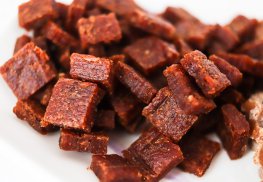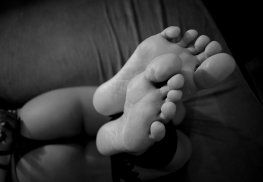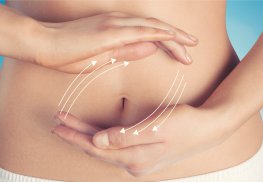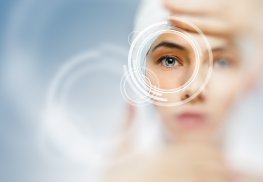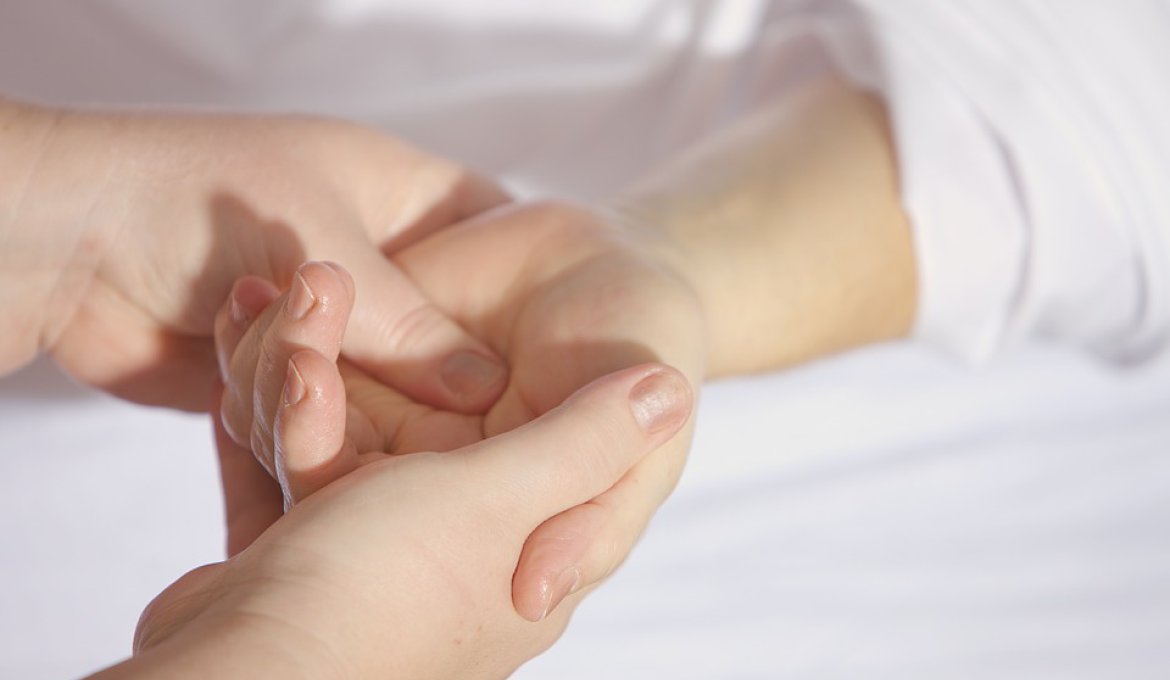 Medicine & Health
Medicine & Health
Physiotherapy and its working methods
Every child physiotherapist works with different methods. Most people use at least a few therapies, choosing specific methods to suit their child's problems.
The NDT-Bobath method is used in neurological, orthopaedic, genetic and genetic problems as well as in developmental delays. It can be used in the youngest children and is often used in the physiotherapy of premature babies, who require special support in their development. It also brings very positive results in children with Down syndrome. Physiotherapy with this method is based on stimulating the child to actively perform movements according to the correct pattern. It has an activating effect and at the same time is painless and very comfortable for a small patient.
The Vojta method is used primarily in infants, because it is the youngest children who get the best results. It is chosen by physiotherapists to rehabilitate, among other things, problems such as asymmetry of the body position, the torso of the neck, paresis, hydrocephalus, pediatric cerebral palsy or disorders of central nervous coordination. This method of physiotherapy is based on pressing selected points of the child's body to induce reflexes in others. An integral part of the therapy is to do exercises at home - the physiotherapist should show the parents how to do it properly.
PNF or Proprioceptive Neuromuscular Tribulation is a method of physiotherapy very often used in children. The main assumption of this method is to focus not on the weakest, but on the strongest parts of the body. Thanks to this, the therapy is painless and comfortable, and patients - seeing the effects of their actions - have a greater motivation to work. In case of children, physiotherapy with the PNF method is used to treat problems in the osteoarticular, muscular and nervous systems. It is also often used to work with children with Down syndrome.
Kinesiology taping is a method using special tapes - plasters glued to the body. It is not usually used as a separate method, but is an excellent complement to classical physiotherapy. The tapes have a beneficial effect on circulation, reduce pain, improve muscle function and support joint functions. They bring excellent results, e.g. in case of problems with proper muscle tension, they are also used as a supplement to work on posture defects.
Manual therapy is a kind of reflex therapy, it consists of massage, stimulation and stretching. The set of exercises is selected depending on the needs of a small patient. It can be used alone as a complement to other physiotherapy methods. It brings excellent results in abnormal muscle tension, postural and neck disorders.
Massage is a form of support for other physiotherapy methods, which brings very good results and helps children feel comfortable. The massage has a relaxing and soothing effect, relieves pain, helps to cope with excessive muscle tension and contractures. Massage also supports the therapy of children with deep or surface sensory disorders.

